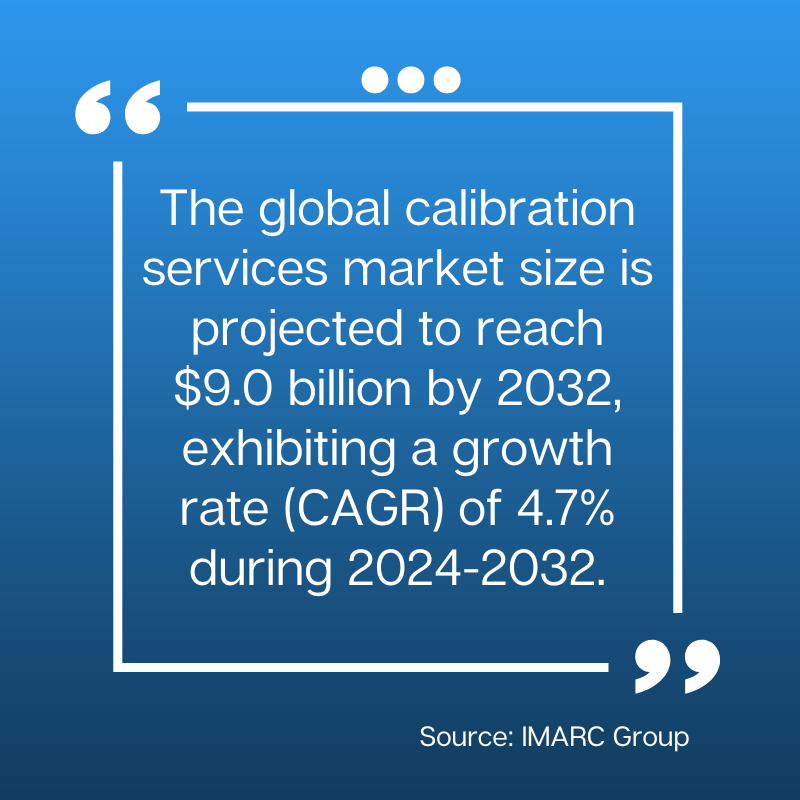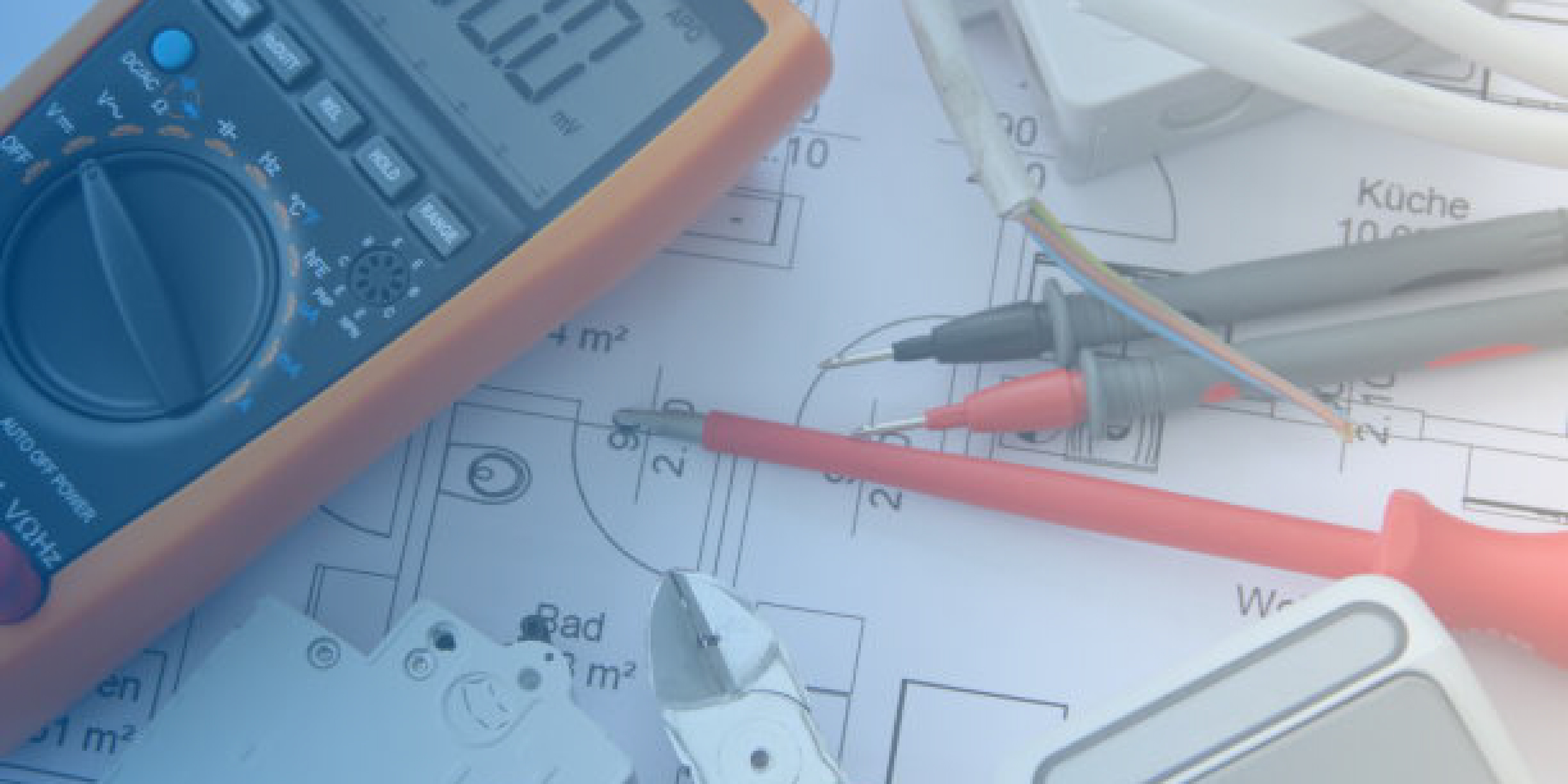Proficient performance of equipment and instruments is the main driving force for successful manufacturing operations. As the manufacturing sector grows, so does the need for effective management of processes and equipment. Regular calibration of industrial devices such as weighing instruments and pressure sensors is crucial to ensure accurate measurements. As even the smallest measurement errors can have a significant impact on the final product, leading to costly downtime, recalls, and damaged reputations. That’s where calibration management comes in.
This article explains what calibration management exactly is, why it is important, and what is the best calibration management software available on the market.
What is calibration management?
Calibration management refers to the systematic process of ensuring that measurement instruments and devices are functioning correctly and providing accurate results. By ensuring that measuring instruments and industrial devices are performing and measuring to specified tolerances, calibration management helps manufacturers maintain their quality standards, reduce risks, and stay compliant with regulations.
Importance of calibration management

Here is why calibration management is important for businesses:
1. Improved accuracy and precision
Precise data is the foundation for quality products, effective processes, and sound business decisions. Calibration management ensures that measuring instruments, such as scales, thermometers, and pressure gauges, are regularly checked against known standards to ensure their accuracy. This process helps to identify and correct any deviations, ensuring that the measurements taken are reliable and consistent.
By maintaining accurate and precise measurements, companies can improve product quality, reduce waste, and ensure compliance with industry standards.
2. Enhanced compliance
Many sectors like manufacturing, aerospace, pharmaceuticals, and laboratories operate under strict regulations and quality standards. Detailed requirements by the regulatory bodies govern the performance, calibration, and record-keeping for measurement instrumentation. Failure to comply with these regulations can result in fines, legal issues, and damage to a company’s reputation.
Calibration management is a crucial component of compliance, as it helps to ensure that all measuring instruments are regularly checked and maintained to meet the required standards. By implementing a robust equipment calibration system, companies can demonstrate their commitment to compliance and minimize the risk of regulatory violations.
3. Efficient workflow
Calibration management helps to streamline the workflow by ensuring that measuring instruments are always in good working condition. When instruments are properly calibrated, there is less downtime due to equipment failures or inaccurate measurements, which can cause delays and inefficiencies in the production process.
Additionally, a well-organized calibration management system can help to track the calibration history of each instrument, making it easier to identify and address issues before they become major problems.
4. Cost savings
Implementing an effective instrument calibration solution can lead to significant cost savings for companies. By ensuring the accuracy and reliability of measuring instruments, companies can reduce waste and rework, which can be costly. Accurate measurements also help to prevent product recalls, which can be extremely expensive and damaging to a company’s reputation.
Additionally, regular calibration can extend the lifespan of measuring instruments, reducing the need for frequent replacements and associated costs.
How does a calibration management process work?
The global calibration services market size is projected to reach $9.0 billion by 2032, exhibiting a growth rate (CAGR) of 4.7% during 2024-2032. With businesses striving for accuracy and compliance, calibration management processes are becoming increasingly important.

Following are some of the critical steps involves in a typical calibration management process:
Inventory and identification
The first step in a calibration management process is to create a comprehensive inventory of all measurement instruments that require calibration. This includes identifying the type of instrument, its location, and its unique identification number. This information is typically recorded in a calibration tracking software or a spreadsheet. It’s essential to keep this inventory up-to-date as new instruments are added or old ones are retired.
Calibration plan and schedules
Based on the inventory, a calibration plan is developed, which outlines the frequency and method of calibration for each instrument. The plan considers factors such as the instrument’s manufacturer recommendations, regulatory requirements, and the instrument’s usage and operating environment. A calibration schedule is then created to ensure that all instruments are calibrated at the appropriate intervals.
Procedures and documentation
Detailed procedures are developed to ensure that calibration is performed consistently and accurately. These procedures outline the steps to be followed, the standards and equipment to be used, and the acceptance criteria for each type of instrument. Comprehensive documentation is maintained, including calibration certificates, records of adjustments made, and any non-conformances found.
Training and competency
All personnel involved in the calibration process must be properly trained and competent. This includes understanding the calibration procedures, equipment operation, and the importance of maintaining accurate records. Regular training and assessments are conducted to ensure that personnel remain proficient in their roles.
Data management and analysis
Data from the calibration process is carefully managed and analyzed to identify trends, potential issues, and areas for improvement. This may include analyzing the frequency of non-conformances, tracking instrument performance over time, and identifying any environmental factors that may be affecting calibration results. This analysis helps to refine the calibration process and ensure continuous improvement.
Non conformance and corrective action
When an instrument is found to be out of calibration or non-conforming, a process is always in place to address the issue. This may involve taking the instrument out of service, investigating the root cause of the non-conformance, and implementing corrective actions to prevent future occurrences. Records of non-conformances and corrective actions are maintained as part of the overall documentation.
Choosing the right calibration management software
With so many calibration software options out there, choosing one that fits your company’s unique needs is key for keeping measurement equipment accurate and compliant. Here are some of the factors that you need to consider while choosing the right calibration management system:
1. Asset management
An effective calibration tracking and management software should provide a comprehensive asset management system. This includes the ability to create and maintain a detailed inventory of all measurement instruments, including their unique identifiers, descriptions, locations, and calibration histories. The software should allow for easy tracking of instrument movements, transfers, and disposals. It should also provide options for labeling and barcoding instruments to streamline asset identification and tracking.
2. Calibration scheduling and reminders
One of the most critical features of an equipment calibration software is its ability to schedule and track calibration events. The software should allow users to set up calibration intervals based on manufacturer recommendations, regulatory requirements, or customized schedules. Automated reminders should be sent to the appropriate personnel when instruments are due for calibration or when calibration certificates are about to expire. This helps ensure that no instrument falls out of compliance due to missed calibration deadlines.
3. Document management
Calibration management involves a significant amount of documentation, including procedures, calibration certificates, equipment maintenance logs, non-conformance reports, and corrective action records. The software should provide a robust document management system that allows for easy storage, retrieval, and version control of these documents. It should also support electronic signatures and approval workflows to streamline the documentation process.
4. Reporting and analytics
The calibration tracking software should provide a range of reporting and analytical tools to help organizations gain insights into their calibration program. Standard reports should include calibration schedules, overdue instruments, non-conformance trends, and instrument performance histories. Advanced analytics should allow users to identify patterns, trends, and potential issues that may require attention. These insights can help organizations optimize their calibration processes, allocate resources more effectively, and make data-driven decisions.
5. Integration with other systems
In many organizations, calibration management is just one part of a larger quality management system. The instrument calibration software should also have the ability to integrate with other systems, such as enterprise resource planning (ERP), computerized maintenance management systems (CMMS), or quality management software. This integration allows for seamless data exchange and eliminates the need for manual data entry, reducing the risk of errors and improving overall efficiency.
5 Keys things to include in an equipment calibration checklist
Generating a checklist for equipment calibration acts as a record to fulfill all requirements without compromising on quality. These checklists can be added along with the asset details in the calibration management software. Let’s discuss the top 5 things to include in your checklist:
Equipment labels
A checklist helps you note down the equipment details for every calibration carried out. The first thing to mark on your checklist is the equipment identification so it makes it easier to plan out the calibration routine. This also includes the model, manufacturer and the location of the equipment.
Calibration history
In order to carry out successful calibration, staff users can note down the dates of the previous, current and next calibration. The results of the calibration can also be added to the list to ensure that the same protocol is followed each time.
Pre- calibration inspection
The equipment scheduled for calibration needs to be inspected for damage, wear and tear. Next it needs to be verified for correct functioning and checked for preliminary cleaning if required.
Regulatory standards
To maintain compliance with industry standards, it is important to document the relevant reference standards. These requirements can be listed down on the equipment checklist and will help technicians carry out calibration in the proper manner.
Post calibration actions
In case some of the equipment fails to meet calibration specifications, list down some follow up actions in the checklist. Also, create a series of repair services that need to be carried out plus any inspections that are required.
Asset Management software for calibration management
Tired of tracking calibrations manually or struggling with complex software?
EZOfficeInventory is a leading calibration tracking & management software that provides a comprehensive and user-friendly solution to streamline calibration processes across various industries.
With robust calibration management, automated scheduling and reminders, advanced document management, comprehensive reporting and analytics, and seamless integration with other systems, EZOfficeInventory empowers organizations to manage their calibration processes, minimize risks, and make data-driven decisions.
Backed by a dedicated team of experts offering excellent customer support, EZOfficeInventory is the ideal choice for companies seeking to experience the benefits of a powerful calibration management solution that enhances accuracy, compliance, quality, and efficiency.







